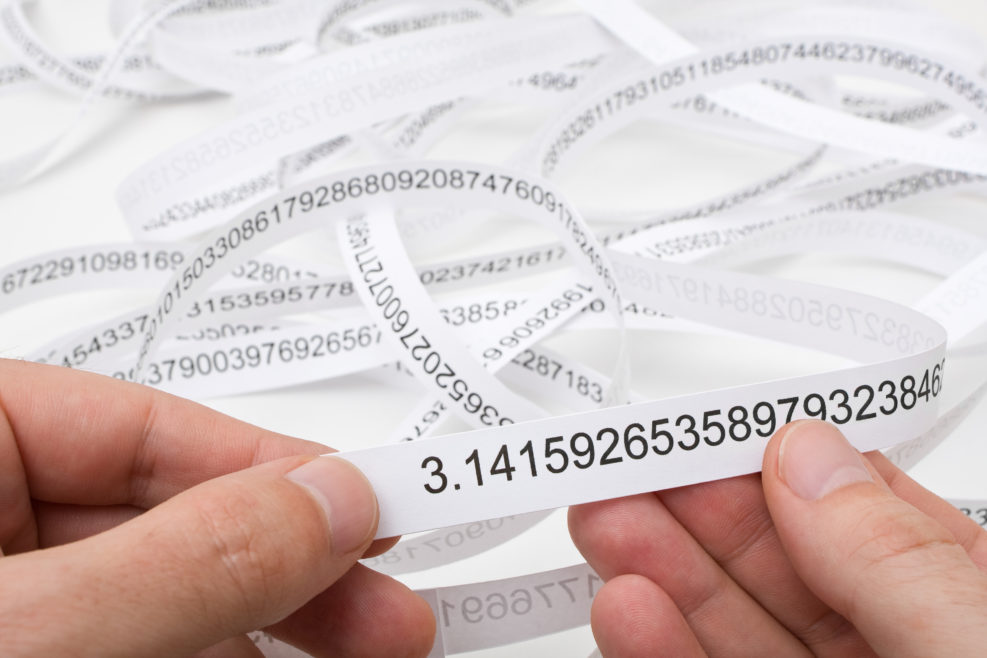
4. How Almost Any Number Can Encode the Library of Congress
That’s a weird, counterintuitive — but quite real — consequence of the concept of infinity in mathWe are used to dealing with simple numbers, like ½ and 2. Most numbers are not that simple. Most numbers, like 0.847859028378490… go on forever and ever without repeating or showing any pattern. Note that such numbers, called irrational numbers, have an infinite number of digits. And there are a lot of them. The number 0.847859028378490… for example differs from the number 0.847859023378490… (See if you can spot the difference.) If two numbers differ only at the billionth decimal and are otherwise the same, they are different numbers. Because an irrational number is infinitely long — and we have seen in the first three posts that weird things happen with infinity — we’d expect something weird to happen with irrational Read More ›
